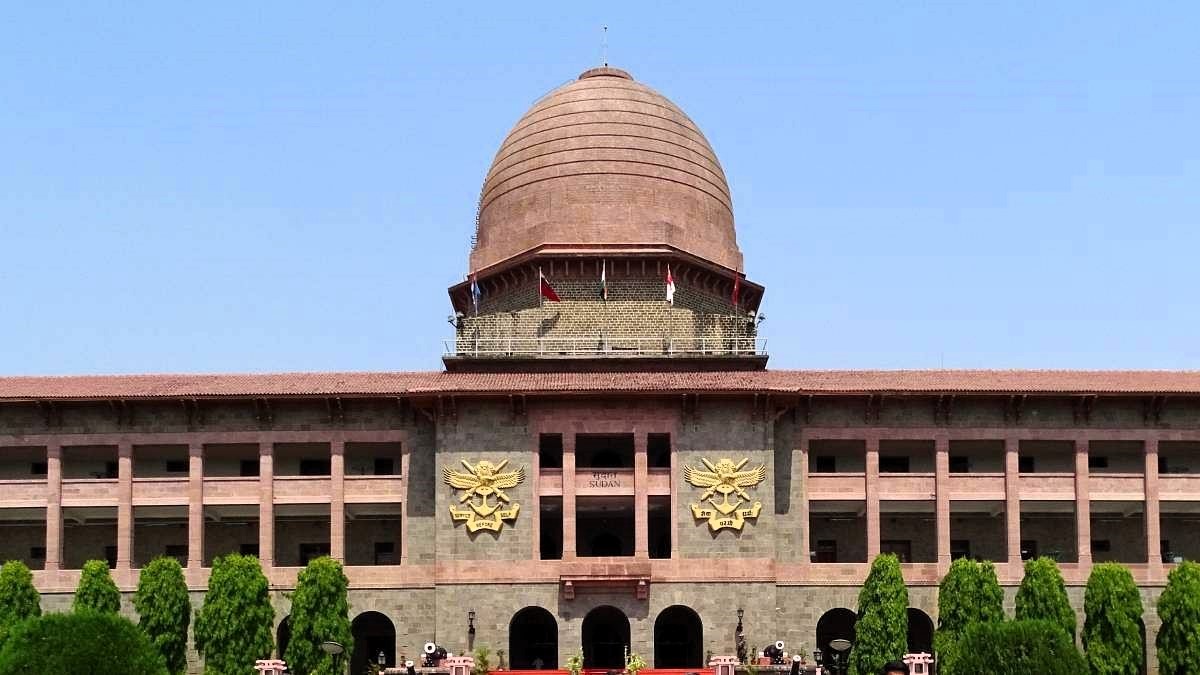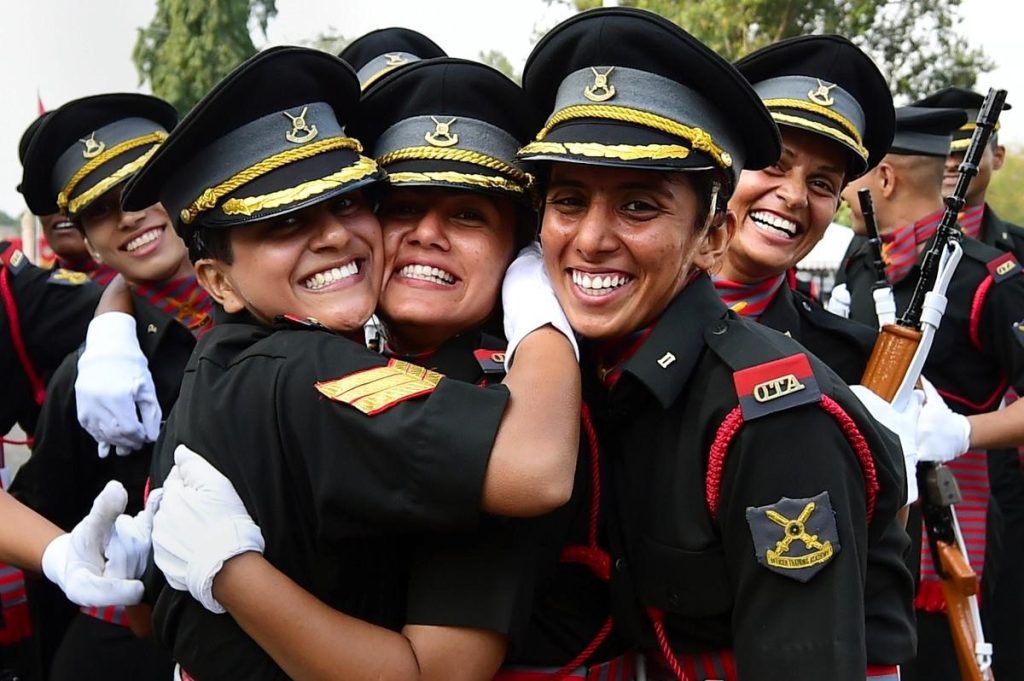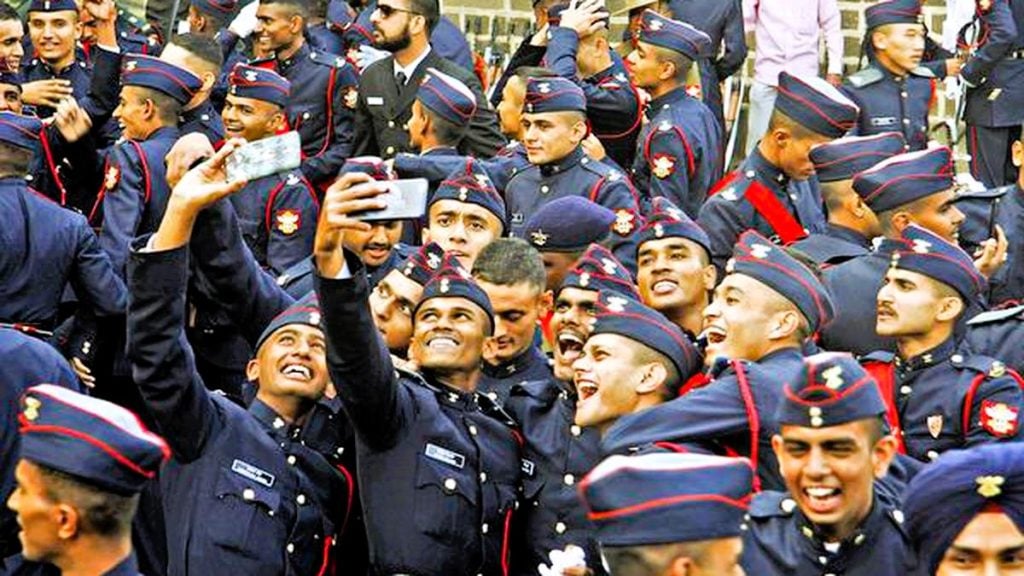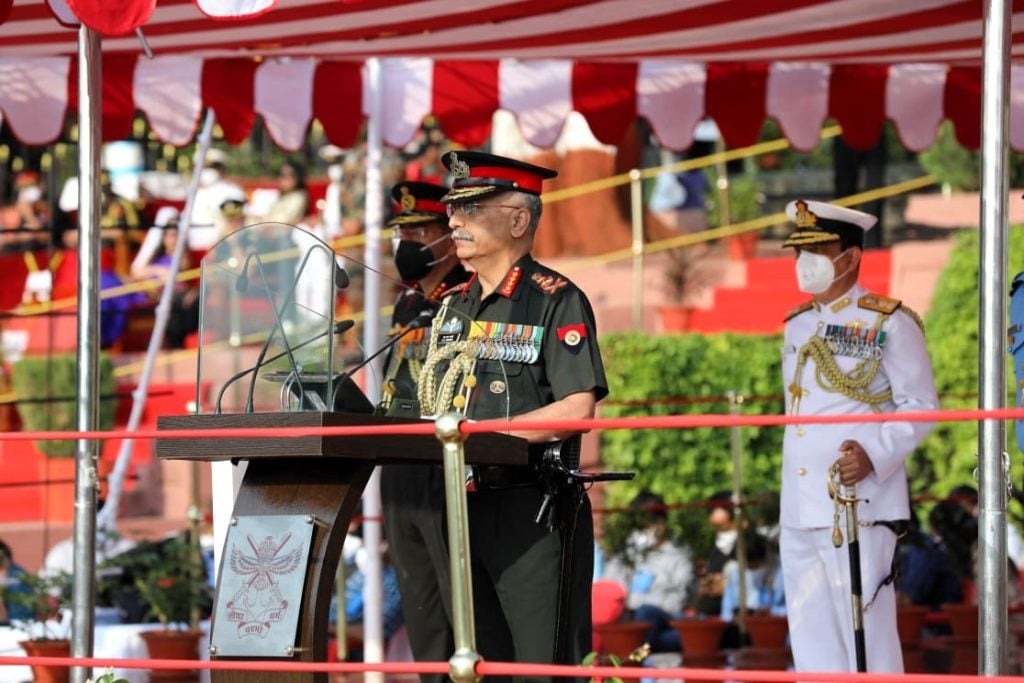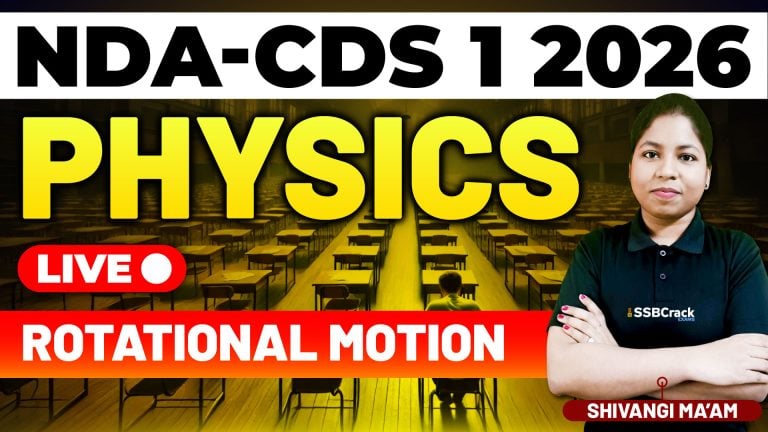The National Defence Academy (NDA) is the premier joint services academy of the Indian Armed Forces. It is here that cadets of the Army, Navy, and Air Force are trained together before they proceed to their respective service academies for further training. Conducted twice a year by the Union Public Service Commission (UPSC), the NDA/NA exam is the gateway to this prestigious institution. Here are 16 essential facts you must know about the NDA before applying for the exam.
1. NDA: A Cradle of Leadership
The world views the National Defence Academy as one of the finest institutions that forge leaders of unparalleled caliber. Often referred to as the place that creates ‘Men of Honour,’ the National Defence Academy is renowned for its rigorous training and high standards. It is an institution that instills discipline, courage, and integrity in its cadets, shaping them into future leaders of the Indian Armed Forces.
2. From Joint Services Wing to NDA
Before being officially designated as the National Defence Academy on January 16, 1955, the institution began its journey as the Joint Services Wing (JSW) at the Indian Military Academy (then known as the Armed Forces Academy) in Dehradun on January 1, 1949. This transition, famously known as ‘Operation Badli,’ marked a significant step in the academy’s evolution.
3. The Iconic Sudan Block
The Sudan Block is a prominent landmark of the National Defence Academy, symbolizing the tri-services academy. It was named in recognition of the contributions made by Sudan towards the establishment of the National Defence Academy. The funds were donated by Sudan as a gesture of gratitude for the sacrifices made by Indian troops in the defense of Sudan during World War II.
4. Evolution of the NDA Logo
The initial logo of the National Defence Academy featured a sword, a quill pen, an anchor, and an eagle, representing the four fields of education at the National War Academy. The current logo, adopted in 1948, has a maroon background symbolizing chivalry and sacrifice. The crest is a combination of the symbols of the three services – the Army, Navy, and Air Force – topped with the Ashoka Capitol. The anchor supports the sword, and both support the eagle, embodying the spirit of unity and strength.
5. The World’s First Tri-Service Military Academy
The National Defence Academy holds the distinction of being the world’s first tri-service military academy. Here, cadets from the Army, Navy, and Air Force undergo joint training, fostering a spirit of camaraderie and mutual respect among the different branches of the armed forces.
6. Notable Alumni: Lt. Col Rajyavardhan Singh Rathore
One of the most illustrious alumni of the NDA is Lt. Col Rajyavardhan Singh Rathore, India’s first individual Olympic medalist. He won a silver medal in shooting at the 2004 Athens Olympics. Rathore’s achievements exemplify the excellence and versatility of NDA graduates.
7. India’s First Space Traveler: Wing Commander Rakesh Sharma
Wing Commander Rakesh Sharma, the first Indian to travel to space, is another notable alumnus of the NDA. He joined the academy as an Air Force cadet in 1966. In honor of his achievements, one of the blocks at the NDA is named the Rakesh Sharma Block.
8. The First Batch of Cadets
The first course at the NDA began in 1949 with a batch of 190 cadets. The Passing-Out Parade for 172 cadets was held on December 8, 1950. This marked the beginning of a proud tradition of excellence and service.
9. Fostering Unity in Diversity
The foundational concept behind the NDA was to bring together Indian youth from diverse backgrounds, customs, and beliefs, and train them to work in unison. This vision has been successfully realized over the decades, with the academy producing officers who exemplify unity and national integrity.
10. The Symbolic Khaki Dress
The khaki uniform of the NDA cadets was chosen to promote an atmosphere of homogeneity and unity. This color choice underscores the academy’s commitment to instilling a sense of equality and camaraderie among its cadets.
11. A Legacy of Service Chiefs
The NDA has an impressive track record of producing top military leaders. To date, the academy has produced 27 service chiefs, a testament to the quality of training and leadership development imparted at the NDA.
12. Gallantry Awards and Honors
The valor and bravery of NDA alumni are well-recognized. Three NDA alumni have been awarded the Param Vir Chakra, India’s highest military decoration for valor. Additionally, nine others have received the Ashoka Chakra, the country’s highest peacetime gallantry award.
Types of Awards In Indian Armed Forces
13. International Training Programs
The NDA’s reputation extends beyond Indian borders, attracting cadets from more than 28 countries. These international cadets train alongside their Indian counterparts, fostering global military cooperation and understanding.
14. The NDA Structure: Squadrons and Battalions
The NDA is structured into 18 squadrons, which are further divided into five battalions. This organization facilitates effective training and administration, ensuring that cadets receive comprehensive and well-rounded education and physical training.
Table: NDA Squadrons and Battalions
| Battalion | Squadrons |
|---|---|
| 1st | Alpha, Bravo, Charlie, Delta |
| 2nd | Echo, Foxtrot, Golf, Hunter |
| 3rd | India, Juliet, Kilo, Lima |
| 4th | Mike, November, Oscar, Panther |
| 5th | Quebec, Romeo |
15. The Poignant POW Table
At the entrance of the NDA’s Dining Hall, a solitary table is set with a chair tilted forward. This poignant setup symbolizes the remembrance of Armed Forces Personnel who are prisoners of war (POWs) and are yet to return. The table’s elements – the unlit candle, the inverted glass, the single rose, and the slice of lemon – each carry a significant meaning, reminding cadets and visitors of the sacrifices and the enduring hope for the return of these missing comrades.
16. The Symbols of Remembrance
The table set for one in the Dining Hall serves as a powerful symbol. The small table signifies the vulnerability of a single prisoner against their captors. The red ribbon on the vase represents the undying determination to seek accountability for the missing personnel. The empty chair and the unlit candle evoke the unresolved fate and the unconquerable spirit of the POWs.
Table: Symbolism of the POW Table Elements
| Element | Symbolism |
|---|---|
| Small table | Frailty of one prisoner against oppressors |
| Single rose | Families and loved ones awaiting return |
| Red ribbon | Determination to seek accountability for the missing |
| Unlit candle | Unconquerable spirit |
| Slice of lemon | Bitter fate |
| Salt on bread plate | Tears of families waiting for return |
| Inverted glass | Unable to toast with us this night |
| Empty chair | Absence of the POW |
These 16 facts provide a glimpse into the rich history, traditions, and ethos of the National Defence Academy. Aspiring candidates should understand and appreciate the significance of joining such a prestigious institution. The NDA not only imparts military training but also molds young minds into future leaders who are ready to serve the nation with honor and distinction.
FAQs
Q1: What is the Sudan Block?
The Sudan Block is a significant building at the NDA, named in recognition of the contributions made by Sudan to establish the academy, honoring the sacrifices of Indian troops in Sudan during World War II.
Q2: What does the NDA logo represent?
The current NDA logo, adopted in 1948, features a maroon background symbolizing chivalry and sacrifice, with symbols of the three services – Army, Navy, and Air Force – superimposed and topped by the Ashoka Capitol.
Q3: What makes the NDA unique?
The NDA is the world’s first tri-service military academy, where cadets of the Army, Navy, and Air Force train together, promoting unity and mutual respect among the services.
Q4: What is the POW table?
At the NDA’s Dining Hall entrance, a table is set for one to symbolize remembrance of prisoners of war (POWs) who have not returned.
Q5: What does the POW table symbolize?
The table’s elements symbolize various aspects of the POWs’ situation, including their absence, the hope for their return, and the bittersweet memories of their families.
